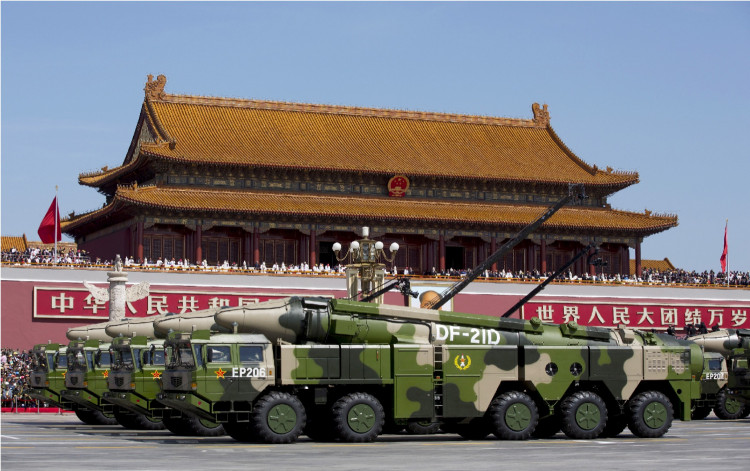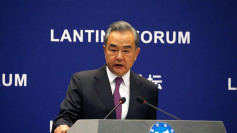China remains bent on deploying its new and stealthy Xian H-20 long range strategic bomber (LRSB) by 2025 due to a massive military build-up in the Indo-Pacific region by the United States Armed Forces.
News China intends to stick to its timetable for deploying its first truly strategic bomber comes at a time when the U.S. military reaffirms the Indo-Pacific is now its most important region in the world. It's an assessment that places China squarely in the crosshairs of the U.S. military
Last week, Gen. Mark Milley, chairman of the U.S. Joint Chiefs of Staff confirmed to the U.S. Congress the Indo-Pacific region is "the number one regional priority for the United States military."
Gen. Milley first made this assertion two months after being confirmed as JCS chairman. He said the same thing in November 2019 while also pointing out China is building a very capable military fueled by its extraordinary growth and wealth over the last 40 years.
He also noted China is willing to demonstrate its increased military capability in a variety of ways in the region through unilateral expansionism and new weapons systems.
One of these weapons systems is the H-20 being developed for the People's Liberation Army Air Force (PLAAF). First making the news in early 2017, the H-20 is said to be a subsonic low-observable flying wing bomber similar in design to the Northrop Grumman B-2 Spirit stealth strategic bomber introduced in 1997.
One report carried by Chinese media claims the H-20 has a range of more than 10,000 km and combat radius of over 5,000 km. The H-20 can carry out global combat missions with air refueling. It might carry a slightly lighter bomb load compared to the B-2 Spirit, which can lug a 14,000 kg payload consisting of a large variety of smart bombs, missiles and nuclear bombs.
In June 2017, the Pentagon confirmed persistent reports the H-20 will have the capability to launch thermonuclear missiles on targets in the continental United States. It also noted the PLAAF does not currently have a nuclear mission. This omission will end when the H-20 enters service.
Other Chinese military writings see the H-20 as a weapon that will solve "maritime disputes that impede China's rise." This is an indirect reference to festering tensions in the East and South China Sea.
As a strategic deterrent, H-20 is "also of great realistic significance for countering nuclear blackmail from superpowers," meaning the United States.
An op-ed in one of the Communist Party of China's media outlets declares the H-20 will also be "an indispensable part in a major country's strategic strike system." The bomber will considerably improve China's strategic attack capability" and make the PLAAF a strategic air force in the true sense of the word.
Some Chinese military experts claim the H-20 can also be used as an airborne early warning and control aircraft (AEW&C) because of its electronic warfare (EW) capability. In this role, the H-20 should be able to disturb and destroy incoming enemy missiles and other air and ground targets using EW systems, electronic, high- power microwave systems, lasers and infrared equipment.
The bomber is also being designed to be capable of large-capacity data fusion and transmission. It can serve as a C4ISR node interacting with unmanned aerial vehicles, AEW&C aircraft and strategic reconnaissance aircraft.






